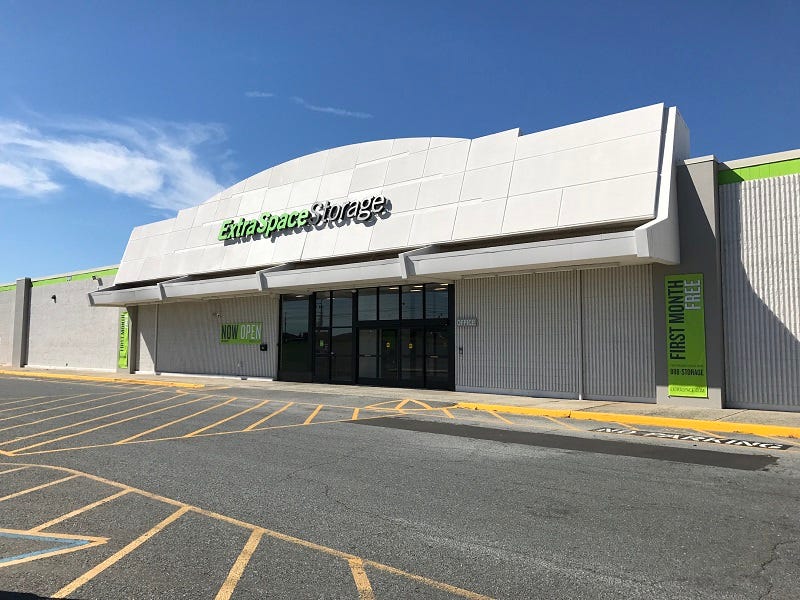Storage units are physical manifestations of our obsession for stuff. We extend past the boundaries of our homes and pay extra money to put our things elsewhere. The ease with which we can add anything to an online digital cart and have it swiftly at our front door only fuels our ever-expanding collection. Popular reality TV shows, like Hoarders and Storage Wars, highlight the random items we cling to.
Marie Kondo, who rose to fame with her mantra of keeping only what “sparks joy,” ironically joined the commercial fray by opening a store offering her own curated collection of items. It seems that even the experts in decluttering can’t resist the allure of new things.
While we’re seeing a decline in new storage facilities as people are settling into post-pandemic life, they’re still cropping up around the nation.
Typologically, they’re simple. In floor plan, they’re a series of standardized rooms with hallways between each row of units. Renters access single story storage units from the exterior, and they access multi-story units from interior corridors.

Storage units tend to mirror their context. In Vegas, where single family residents proliferate the flat landscape, self storage facilities tend to be drive-through and single story. In dense neighborhoods, like in Manhattan or downtown Chicago, storage facilities are vertical.
A fascinating trend emerged in recent years: converting big box stores and malls to storage facilities. It’s ironic that place of physical retail and consumerism are transitioning into places of storage for our digital retail habits. In Lansing, NY, developers eye Ithaca Mall as an idea spot for a major development, which includes the addition of storage facilities.
Converting empty, large structures into storage units makes sense. But not everyone is a fan. In Indiana, the town recently rejected a special-use permit that U-Haul submitted to convert a former K-Mart into a storage facilities. The town wants to hold off on this project in favor of one that will revitalize the community. In essence, they’re voting to keep it as an empty, deserted lots for years to come.

In Jacksonville, residents strongly object to a new planned unit development composed of housing built on top of a storage facility.
I get where these folks are coming. Storage units’ only utility to is store our prized possessions. By code, we can’t live, work, or dine in these spaces. They lack the necessary services, like plumbing and natural light, for us to do so. They’re unsightly and don’t bring any life to the area.
Perhaps it makes sense to locate these storage facilities on the outskirts of neighborhoods. Or perhaps we should be more conscious of what we keep.






Hi! 😊 I write about sustainability (fashion, travel and our relationship with clothes). I'm a thrift shopping and vintage clothing lover who likes to explore the impact textile industry and consumistic culture have on the environment and also what people can do to shift the tendency.
• • •
https://from2tothrift.substack.com/